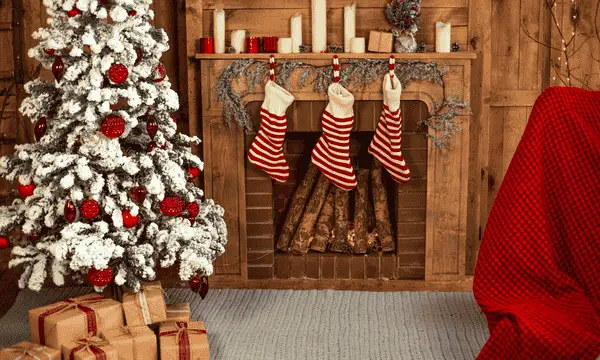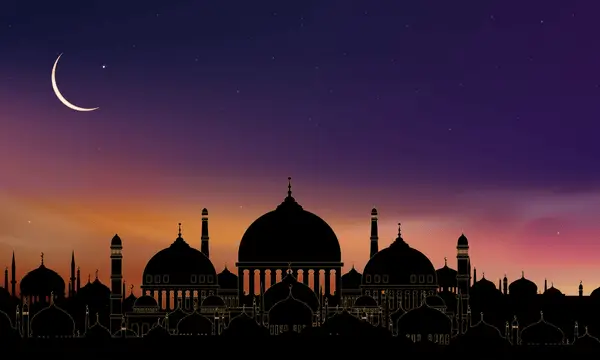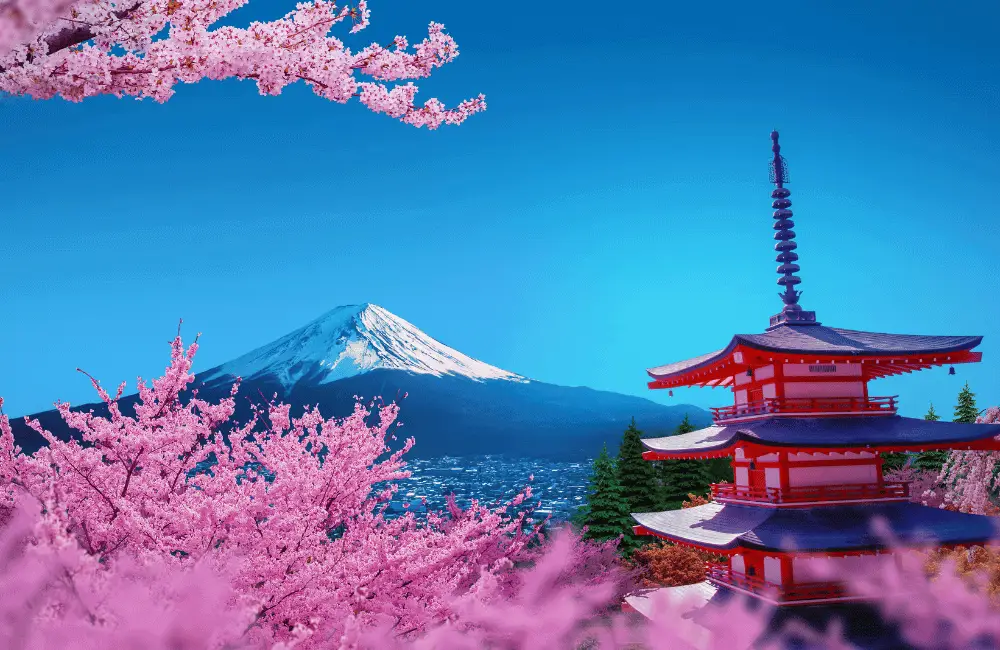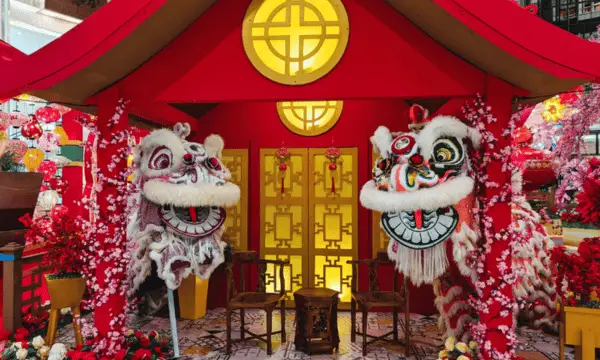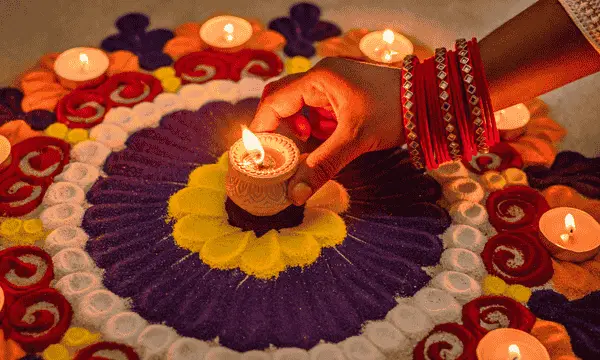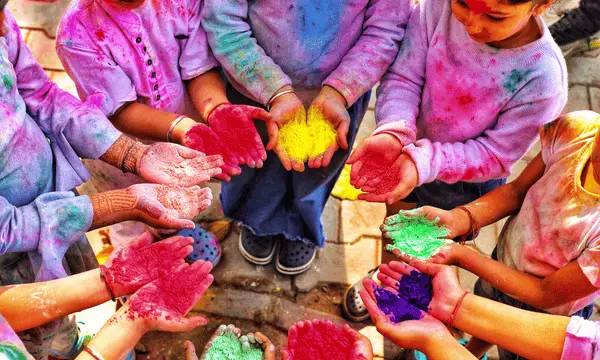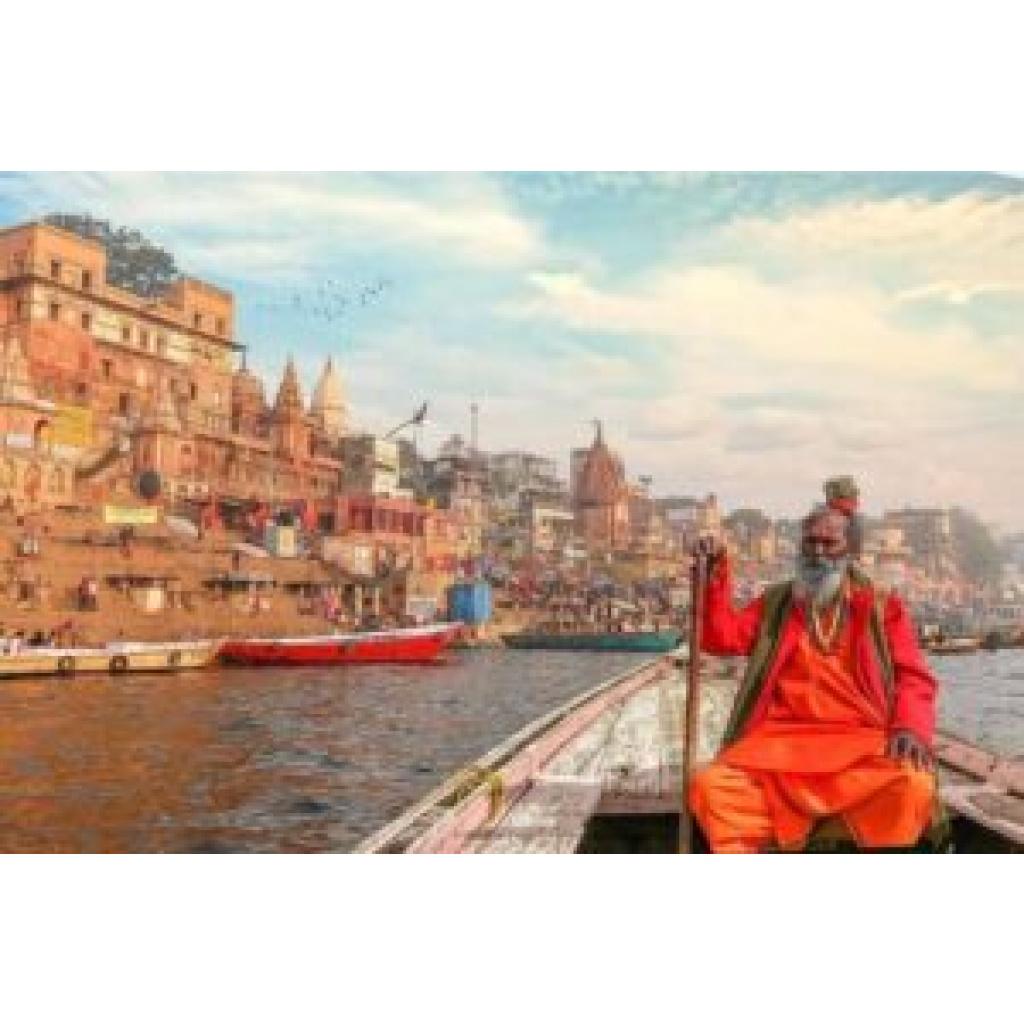CHRISTMAS
Christmas is a joyful season filled with magic. It brings happiness to the world and encourages people to revisit old traditions, decorate their homes, and reconnect with family. Beyond the decorations and lights, Christmas has a universal spirit that goes beyond borders and cultures. In this blog, we will explore what makes Christmas enchanting and how everyone can enjoy this festive season. Christmas has historical roots and includes many modern practices. The heart of Christmas is in the unique traditions that each family cherishes. LOVE—GGENEROSITY!!, JOY We had a great time as a family, speaking different languages despite our diverse backgrounds. We came together to enjoy a repeat rope Christmas filled with love! By understanding what we share, we can appreciate how various cultures celebrate Christmas. Let’s explore the exciting traditions, beautiful decorations, and warm moments that capture the spirit of Christmas! Whether you are a holiday expert or just starting your own traditions, there is something for everyone to enjoy this season. The Magic of Traditions at Christmas Christmas is full of traditions that have changed over the years. The history of Christmas trees connects to the story of Santa Claus and forms part of our folklore. Each year, we remember this history while making new memories. Decorating the Christmas tree is the most popular tradition. This custom started in Germany in the 16th century when Christians brought decorated trees into their homes. Today, families gather to decorate trees and hang ornaments together. Other traditions, like hanging stockings and singing carols, also add to the festive spirit in homes around the world. Different cultures celebrate Christmas in their own ways, each adding a special touch. For example, Mexican families celebrate Las Posadas, a nine-day event that ends on Christmas Eve. In Italy, people enjoy the Feast of Seven Fishes, a big seafood meal. The variety of Christmas traditions worldwide is as rich and colorful as any artwork or music. The decor and ambiance are mesmerizing As homes and cities turn into winter wonderlands, the spirit of Christmas fills the air. Streets shine with lights, and shops display cheerful holiday decorations. This creates a magical atmosphere that delights everyone, young and old, filling them with joy and hope. Have you ever noticed a color or scent in your home that reminds you of the holidays? The deep reds and greens of decorations remind us of joyful gatherings, with the smell of sunlight mixed with pine and cinnamon. Holiday music adds to the cheer, brightening the season with joyful tunes. Making your home feel festive for Christmas is easier than you think. Use string lights, wreaths, and candles to get into the spirit. Play your favorite holiday songs while decorating, and simmer essential oils on the stove to spread fresh seasonal scents. Just a few simple touches can transform any space into a cozy Christmas retreat. Christmas is all about family and togetherness. It’s a time for friends and family to share joy, laughter, and support. No matter where you are, families come together during this season to create traditions and cherish memories. During the holidays, families participate in fun activities to celebrate the past year and welcome the new one. Whether baking cookies, building gingerbread houses, or watching classic movies, these traditions strengthen family bonds and create lasting memories. Gives Back to the Community—Spirit of Giving Christmas is about love, joy, and community. It encourages us to be generous and give to others. The happiness we feel from giving affects not just those who receive help but also ourselves. During Christmas, many charitable acts and community events allow us to make a difference. These include toy drives, food banks, and volunteering at shelters, all spreading joy and hope. The conversation below shares heartwarming stories from people who quietly improve the lives of others. As list analysts, we can take pride in being part of this support. You don’t need to do something big to give. Small gestures, like checking on a neighbor or donating to a local charity, can have a big impact. These actions create a ripple effect of kindness that lasts beyond the holidays. In conclusion, let joy and celebration be part of your journey! Christmas, with its traditions and decorations, can be a wonderful time. Family gatherings are important, and this season is all about loving others. It creates a tradition that brings awe, unity, and gratitude. As you think about this holiday season, embrace it fully. Enjoy time with your loved ones, try new holiday activities, and share that joy with your community. This is how you create lasting memories. Remember, the Christmas spirit can last beyond the holiday season. May love, generosity, and celebration be with you every day in everything you do. Happy Holidays!

